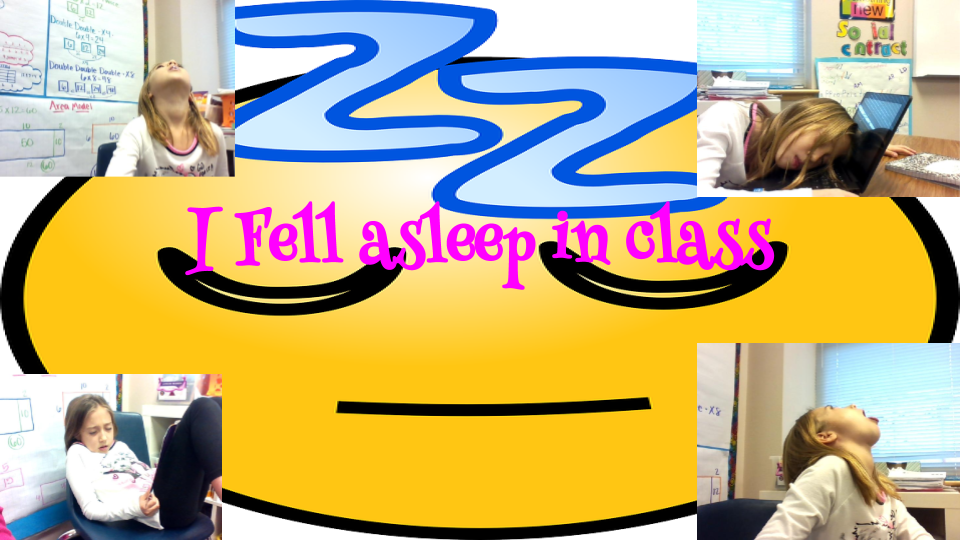Grade: 3rd
Subject: ELA
Topic: Picturing Poetry
Description: In partners, students will read a poem, and create a visual presentation of the poem. On each slide, students represent a different stanza from the poem. Students may insert clipart and animations to make the poem’s message and language come alive. Students also add the text from the poem to each slide.
TEKS: (Content and Tech)
3.10 Reading/Comprehension of Literary Text/Sensory Language. Students understand, make inferences and draw conclusions about how an author’s sensory language creates imagery in literary text and provide evidence from text to support their understanding. Students are expected to:
(A) identify language that creates a graphic visual experience and appeals to the senses -S
Figure 19
Reading/Comprehension Skills. Students use a flexible range of metacognitive reading skills in both assigned and independent reading to understand an author’s message. Students will continue to apply earlier standards with greater depth in increasingly more complex texts as they become self-directed, critical readers. The student is expected to:
(C) monitor and adjust comprehension (e.g., using background knowledge, creating sensory images, re-reading a portion aloud, generating questions);
(D) make inferences about text and use textual evidence to support understanding; -S
Technology:
(2) Communication and collaboration. The student collaborates and communicates both locally and globally using digital tools and resources to reinforce and promote learning. The student is expected to:
(A) draft, edit, and publish products in different media individually and collaboratively;
(B) use font attributes, color, white space, and graphics to ensure that products are appropriate for multiple communication media, including monitor display, web, and print;
(C) collaborate effectively through personal learning communities and social environments;
(D) select and use appropriate collaboration tools;
(E) evaluate the product for relevance to the assignment or task;
(5) Digital citizenship. The student practices safe, responsible, legal, and ethical behavior while using digital tools and resources. The student is expected to:
(A) adhere to acceptable use policies reflecting positive social behavior in the digital environment;
(B) respect the intellectual property of others;
(C) abide by copyright law and the Fair Use Guidelines for Educational Multimedia;
(D) protect and honor the individual privacy of oneself and others;
(E) follow the rules of digital etiquette;
(F) practice safe, legal, and responsible use of information and technology;
(G) comply with fair use guidelines and digital safety rules.
4 C’s: Creativity, Communication
Resources: Lesson Plan, Google Slides, Examples
Device Type: iPad, Laptop, Chromebook, Samsung Tablet
Suggested Apps: Google Slides

